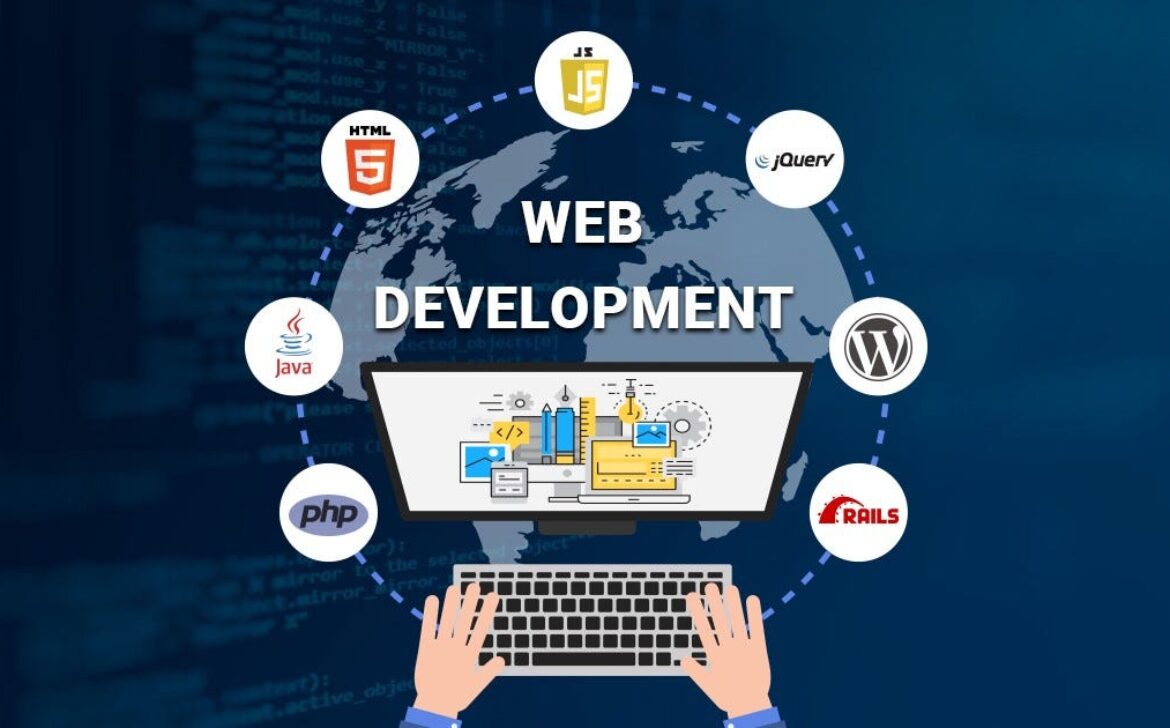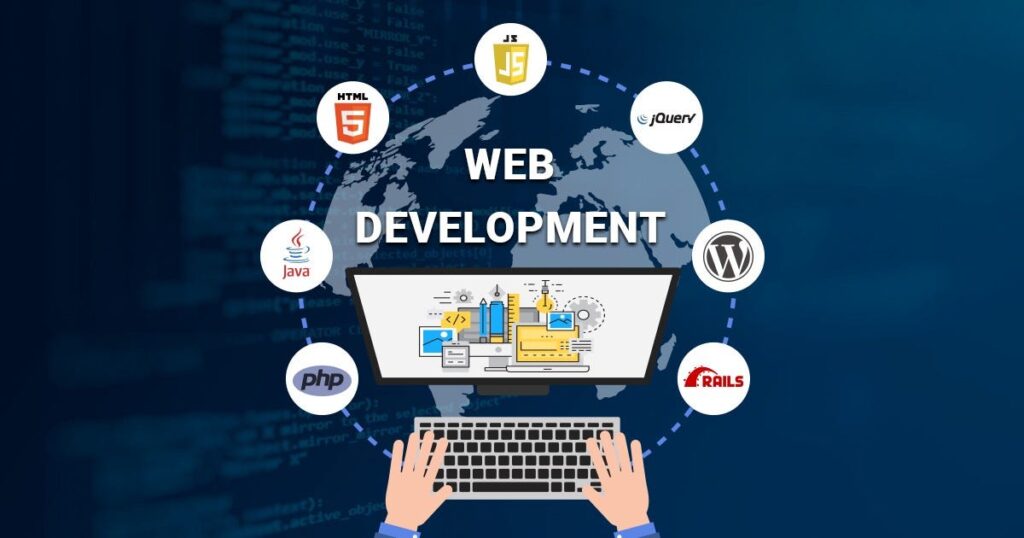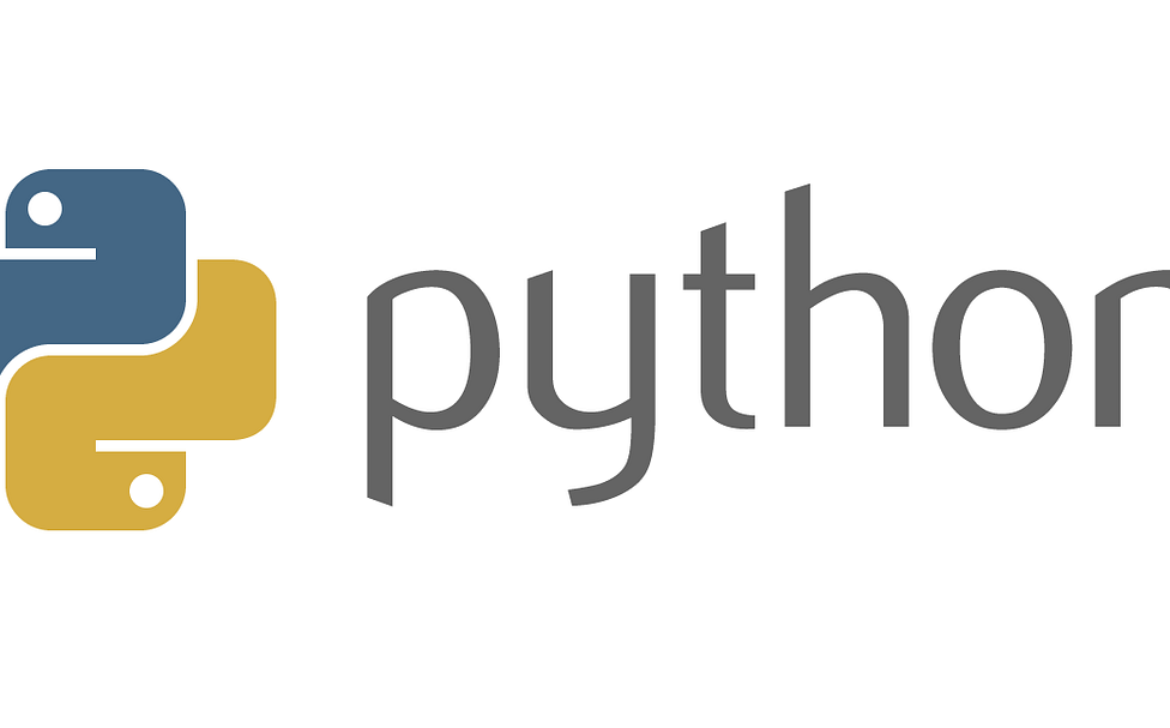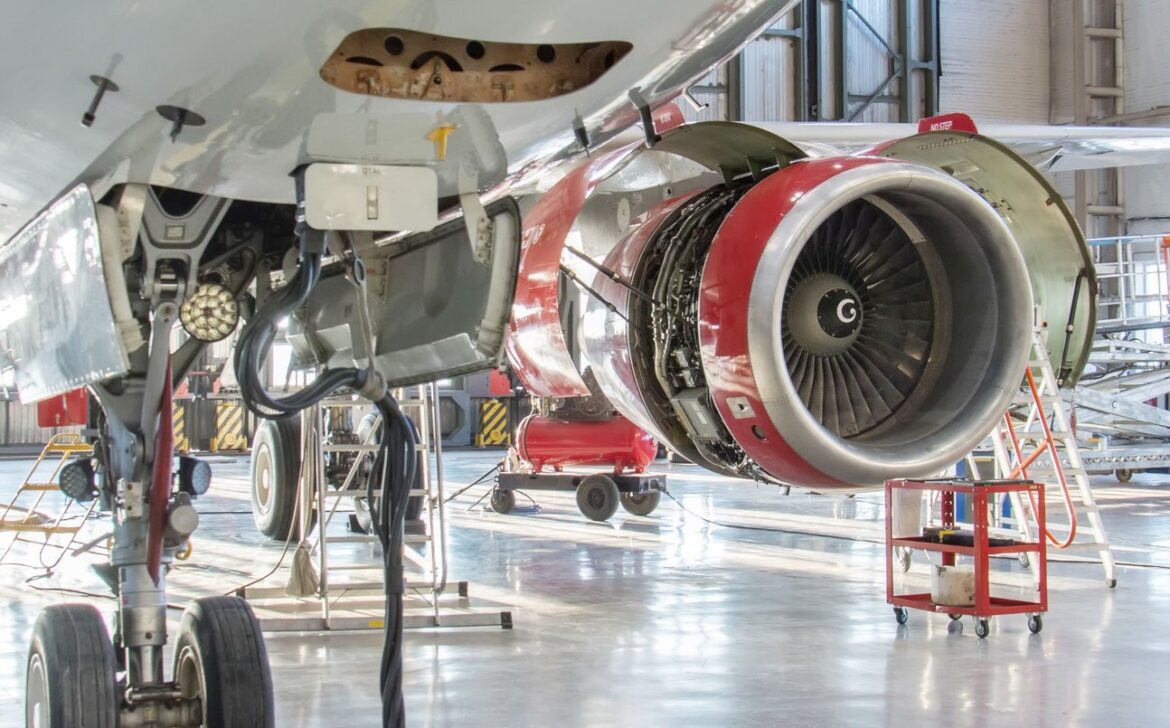CrowdStrike: Safeguarding Your Digital World Against Cyber Threats
Imagine your computer as a fortress full of valuable treasures—your data. CrowdStrike cybersecurity solutions act as a highly skilled guardian, tirelessly monitoring and protecting your digital assets from cyber threats. Instead of barking and biting, CrowdStrike employs sophisticated technology to detect and neutralize cyberattacks, functioning like a team of experts dedicated to ensuring your digital safety. CrowdStrike utilizes artificial intelligence (AI) as its core tool, resembling an exceptionally intelligent brain that aids in decision-making. By analyzing patterns from millions of cyberattacks, CrowdStrike learns to identify suspicious behaviour and emerging threats. This is akin to training a guard dog to recognize various intruders. When a threat is detected, CrowdStrike swiftly takes action to thwart it, much like a guard dog chasing away a burglar. Additionally, CrowdStrike investigates the breach to understand its origin and prevent future occurrences. Recently, CrowdStrike experienced a significant disruption due to an update in its software, resulting in widespread “Blue Screen of Death” errors on many Windows computers. This incident affected numerous organizations, including airlines, banks, and government agencies. This situation is reminiscent of a security guard mistakenly triggering an alarm system and causing chaos. The unexpected glitch has highlighted the need for thorough testing and quality control in cybersecurity technology. CrowdStrike, alongside Microsoft, is working diligently to address the issue and restore normalcy. For more on this incident, check out CNN’s coverage. In an era where cyberattacks are increasingly prevalent, CrowdStrike cybersecurity solutions play a crucial role in safeguarding individuals, businesses, and governments from digital threats. Without such robust protection, the risks of data breaches, financial loss, and identity theft would be substantially higher. Explore more about cybersecurity trends and emerging technologies on our site. The realm of technology is ever-evolving, and so are the threats. CrowdStrike and similar cybersecurity firms are continually advancing their methods to stay ahead of malicious actors. Future innovations, such as self-driving cars and smart homes, will introduce new challenges but also opportunities for enhancing digital security. For more insights into the future of cybersecurity, read TechRadar’s analysis. CrowdStrike cybersecurity solutions remain a vital component in the fight against cybercrime. Despite recent challenges, it’s essential to recognize the ongoing progress in cybersecurity. By understanding how CrowdStrike functions and its role in digital protection, individuals and organizations can better prepare for and respond to cyber threats.
CrowdStrike Cybersecurity Solutions: Protecting Your Digital Assets
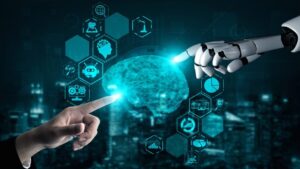
Introduction to CrowdStrike Cybersecurity Solutions
How CrowdStrike Cybersecurity Solutions Operate

Recent Challenges: A Digital Setback for CrowdStrike
The Importance of CrowdStrike Cybersecurity Solutions
The Future of Cybersecurity with CrowdStrike
Conclusion





